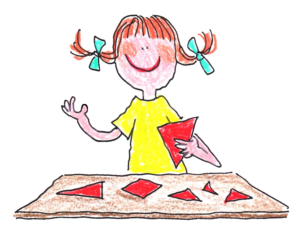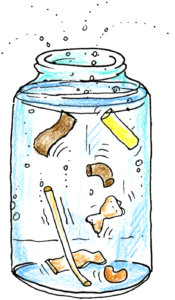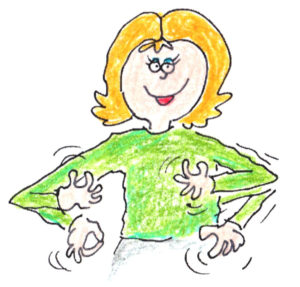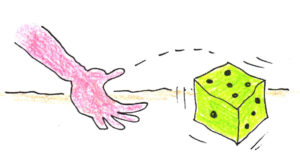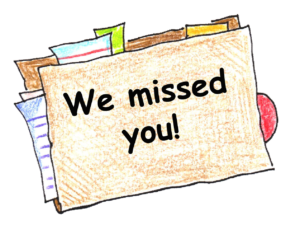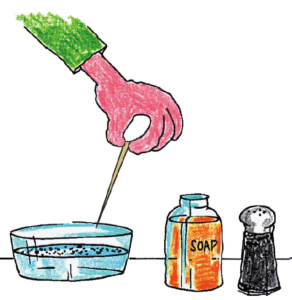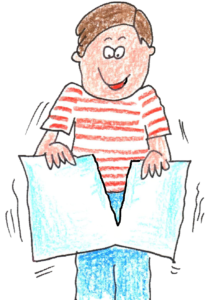Use seven simple shapes to encourage an exploration of shapes and the relationship a small shape has to a larger shape.
I’ve collected a bunch of free resources to make this easier for you to add this option to your math resources.
Pour a can of clear or lightly colored soft drink into a transparent container. Drop in a few pieces of raw pasta.
Initially the pasta sinks to the bottom of the container because each piece is denser than the liquid.
Bubbles of gas attach to the pasta and it slowly rises to the surface.
Your students are pretty interested at this point in just what’s going on!
This is just the ticket if you need a fun image for your classroom decorations or communications with families.
Marco posts a great variety of images at pixabay.com that are FREE and just waiting for you to choose, download, and place to add fun images to your classroom resources.
Just like many earthquakes, you can model the process of building up pressure and then having it released quickly.
Snap your fingers!
The pressure between your fingers builds up and you continue adding pressure until suddenly the force overcomes the friction between your fingers and you snap!
Consider collecting papers in alphabetical order.
Students line up and the first person in line collects all the papers. If a student forgot to put a name on the paper, the collector can gently remind the student.
A different person is assigned as the “paper manager” for each date in a month based on each student’s last name.
This makes it much easier to record grades.
A resource with a variety of GREAT options designed for your more capable learners.
I encourage you to sign up for his weekly newsletter “Puzzlements” which are sent out every Friday.
I don’t like creating, printing, and then storing computation worksheets, especially when I have students who need to practice addition, subtraction, multiplication, or division in the same room. Try this option to save time while meeting the needs of all your students.
Math Rocks! at TpT has posted a fun, FREE product you might consider for your absent students, a While You Were Out form.
A great back to school activity. Students love to watch the pepper zip across the water whether it’s as a teacher demonstration or a team activity.
It uses such simple materials you’ll want to send it home to share with families or include it in a Family Science Night.
A sheet of newspaper and a few minutes builds enthusiasm for science, gives students a chance to guess and discuss results, and can be used to introduce patterns in science.
